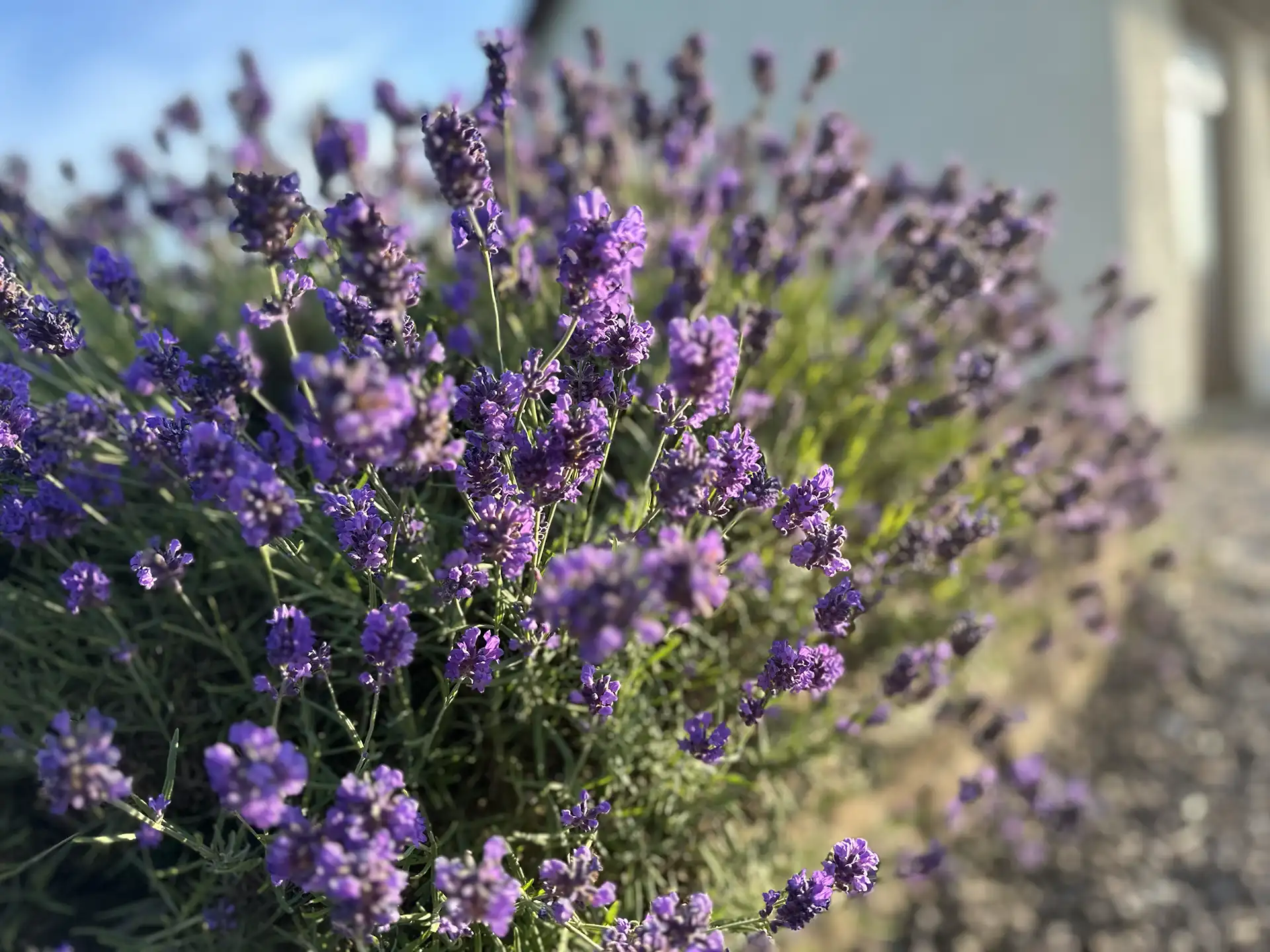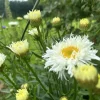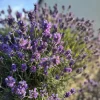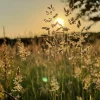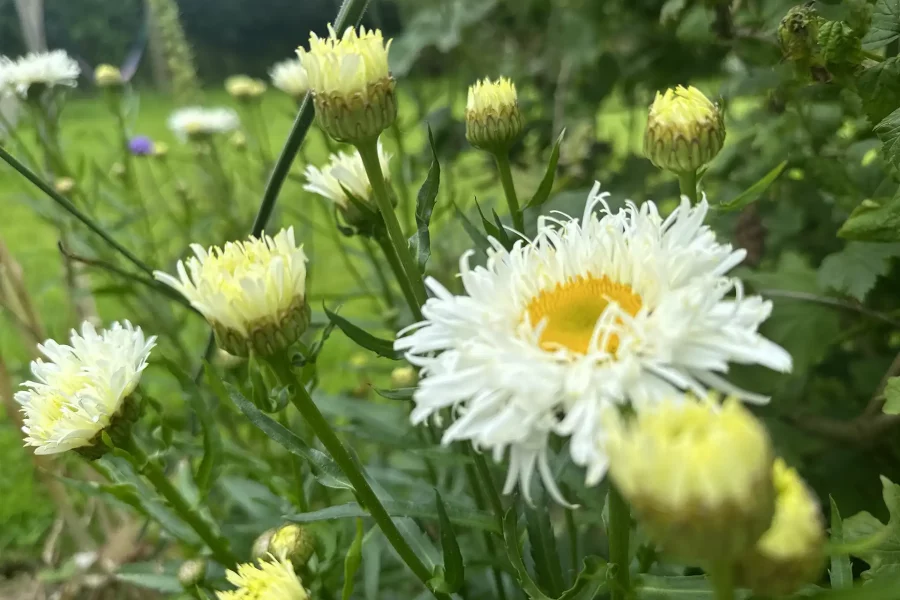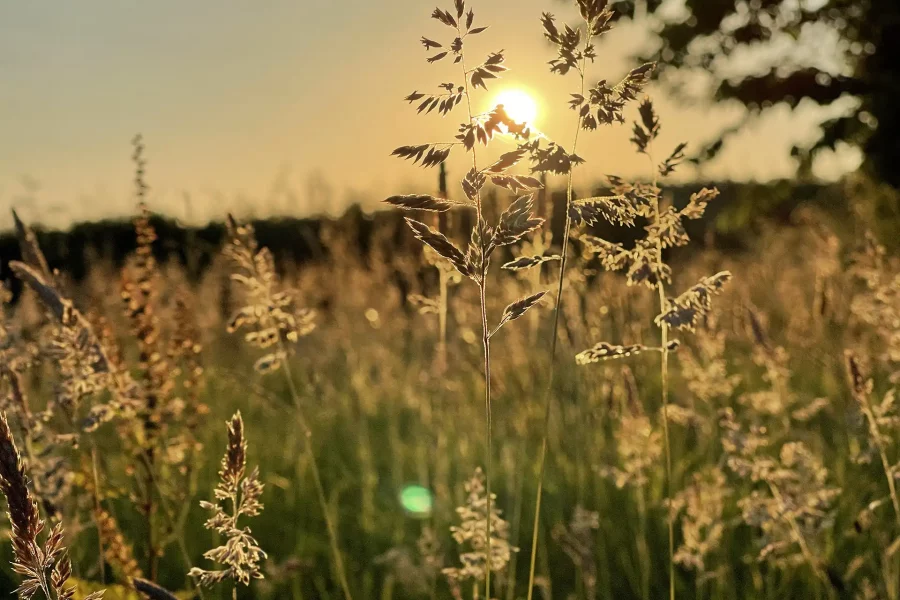How to Create No-Dig Flower Beds: A Guide to Eco-Friendly Gardening
Creating no-dig flower beds is becoming a very popular approach to gardening especially for growing flowers and vegetables, that promotes soil health, reduces work, and fosters a vibrant ecosystem. This method involves layering organic materials on the soil surface to create a fertile, well-aerated, and weed-free planting area. Here’s a comprehensive guide to creating your no-dig flower beds.
Benefits of No-Dig Flower Beds
1. Soil Health: No-dig gardening maintains the natural soil structure and promotes microbial activity, which is essential for healthy plant growth.
2. Weed Reduction: The thick layers of organic material suppress weed growth, eliminating the need for chemical herbicides.
3. Water Conservation: Mulching materials retain moisture, reducing the need for frequent watering.
4. Reduce The Workload: Work smarter not harder! This method eliminates the need for intensive digging, making life much easier.
Step-by-Step Guide to Creating No-Dig Flower Beds
Materials Needed:
– Cardboard or newspaper (to smother existing vegetation)
– Organic mulch (straw, hay, or wood chips)
– Well-rotted manure, preferably locally sourced and free from herbicides.
– Compost
– Flower seeds or seedlings
Steps:
1. Select the Site:
Choose a location that receives the appropriate amount of sunlight for the flowers you plan to grow. Ensure the area has good drainage. You can use a broad fork to increase drainage if it’s poor.
2. Prepare the Ground:
Clear the area of large debris and rocks. There’s no need to remove grass or weeds; these will be smothered by the cardboard or newspaper layers. I use a mower or strimmer to cut the grass short first.
3. Layer with Cardboard/Newspaper:
Lay down cardboard directly on top of the grass or soil. Overlap the edges to prevent weeds from coming through. Wet the cardboard thoroughly to help it start breaking down and to keep it in place.
4. Add Organic Material Layers:
Begin layering organic materials in a method similar to making lasagna. Start with a layer of compost or well-rotted manure about 2-3 inches thick. Follow with a layer of organic mulch (straw, hay, or wood chips) about 4-6 inches thick. Alternate these layers, ensuring the final layer is mulch to keep the bed neat and to continue suppressing weeds.
5. Optional Topsoil Layer:
If you plan to plant seeds or small seedlings, you can add a thin layer of topsoil on top of the final mulch layer. This provides a ready-to-plant surface and can help seeds germinate.
6. Planting:
For seeds, simply scatter them on the surface and cover lightly with compost or topsoil. For seedlings, create small holes in the top layer and plant directly into the compost or topsoil. Water gently to settle the plants.
7. Watering and Maintenance:
Water the new bed thoroughly after planting. Continue to water regularly, especially during dry periods, until plants are established. Maintain the bed by adding more mulch as needed and keeping an eye out for any persistent weeds, which can be pulled by hand.
8. Enjoy Your Blooms:
As the layers decompose, they will enrich the soil, and your flowers will thrive in the nutrient-rich environment. Over time, the bed will become more fertile, and maintenance will become easier.
Tips for Success
– Diverse Materials: Use a variety of organic materials to ensure a balanced nutrient supply and improve soil structure.
– Patience: It may take a few months for the layers to fully break down and create optimal planting conditions. Plan and start beds in the Autumn for spring planting.
– Mulch Management: Keep an eye on mulch levels and replenish as needed to maintain weed suppression and moisture retention.
Creating no-dig flower beds is an environmentally friendly and efficient way to grow beautiful flowers. By embracing this method, you can enjoy lush, healthy gardens with less effort and greater respect for the natural soil ecosystem. Whether you’re a seasoned gardener or a novice, no-dig flower beds offer a sustainable solution that yields stunning results. Happy gardening!
